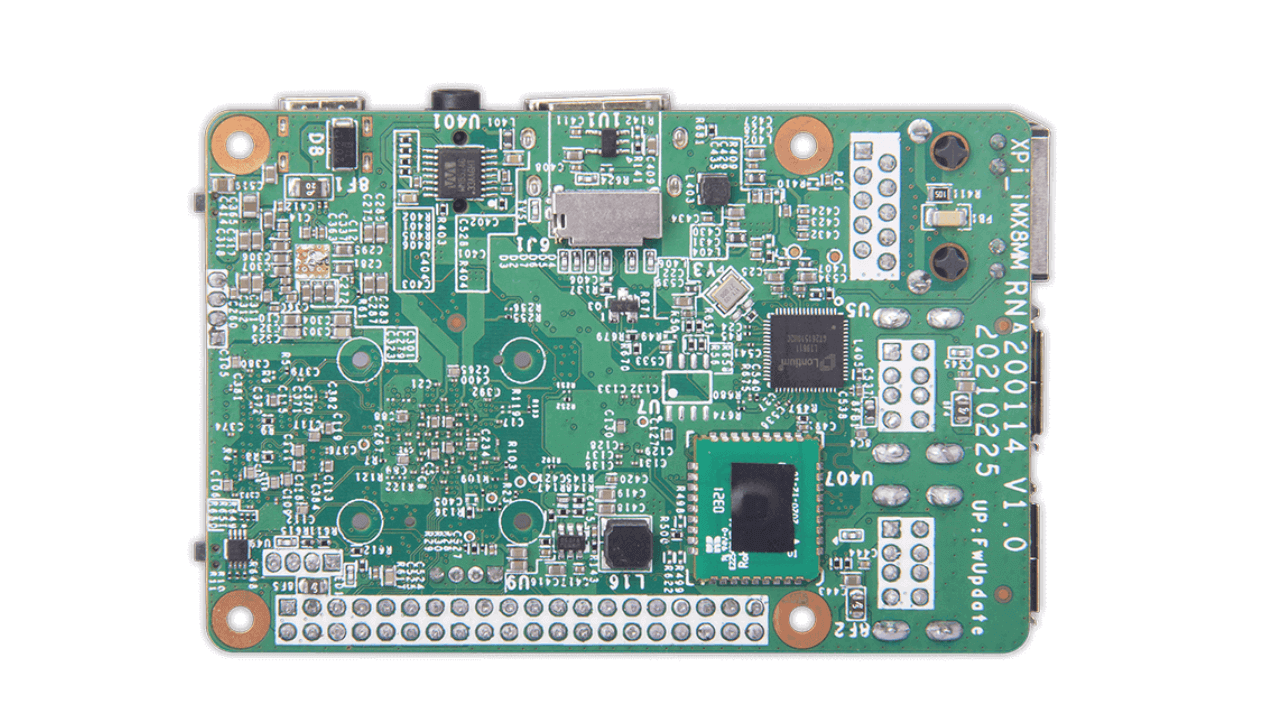An ARM Single-Board Computer (SBC) is a small, self-contained computer built on a single circuit board. These computers are powered by ARM-based processors, which are noted for their energy efficiency, and they typically include memory, storage, input/output options, and networking interfaces. ARM single board computer are intended for a wide range of applications, including educational and do-it-yourself projects, embedded systems, IoT development, and even basic desktop computing.
They have grown in popularity due to their low cost, diversity, and active communities, making them a valuable tool for learning, experimenting, and deploying a wide range of electronic and computing solutions.
Hardware Requirements for RAM
Because they are built for varied applications and cater to a wide range of user needs, the hardware specifications of ARM Single-Board Computers (SBCs) might vary dramatically from one model to the next. There are some common hardware components and characteristics found in many ARM SBCs. We’ll go through the complete analysis to give you a sense of what to expect when looking into ARM SBCs.
CPU (Central Processing Unit)
ARM SBCs are powered by ARM-based processors, which are noted for their low power consumption. Processors can be single-core, quad-core, or even more, with significantly variable clock rates. Depending on the desired use case, models may feature processors from various ARM families, such as Cortex-A, Cortex-R, or Cortex-M.
Random Access Memory (RAM)
The amount of RAM available on ARM SBCs ranges from 256MB to several GB. The device’s memory capacity has a considerable impact on its performance, especially while running programs or multitasking.
Storage Alternatives
For booting the operating system and storing data, ARM SBCs typically rely on external storage alternatives such as microSD cards. For faster and more reliable storage access, some SBCs have onboard eMMC (embedded MultiMediaCard) storage. Many models additionally include USB ports or SATA connectors for connecting external hard drives or solid-state devices for additional storage.
Interconnectivity
Most ARM SBCs include built-in Ethernet for wired networking, often at speeds of 100Mbps or 1Gbps. They also have Wi-Fi and Bluetooth capabilities, either built-in or accessible through USB dongles, allowing wireless networking.USB 2.0 and 3.0 ports allow the connecting of numerous peripherals such as keyboards, mouse, and external devices.
Display Outputs
ARM SBCs typically offer HDMI or DisplayPort for connecting to displays and televisions.
Some models include extra display interfaces like as DSI (Display Serial Interface) or LVDS (Low Voltage Differential Signaling).
Graphics Processing Unit (GPU)
Many ARM SBCs contain a GPU, which is required for functions such as video playback, gaming, and graphics processing. Some SBCs offer dedicated video decoding hardware for seamless multimedia performance.
Pins for GPIO (General-Purpose Input/Output)
Interfacing with external hardware requires the use of GPIO pins. ARM SBCs usually include a GPIO header or ports that allow users to connect and operate LEDs, sensors, motors, and other devices. The amount of GPIO pins varies by model, with some SBCs providing numerous GPIO possibilities.
Output Audio
Audio output choices on ARM SBCs include 3.5mm audio jacks, HDMI audio, and GPIO-based audio solutions. Some variants additionally have digital audio output for better sound quality.
USB Connectors
USB ports are used to connect a variety of peripherals, such as keyboards, mice, external storage, webcams, and other devices.USB 2.0 and/or USB 3.0 connectors are available on ARM SBCs, with USB 3.0 allowing faster data transfer speeds.
Power Source
A 5V power source is commonly required for ARM SBCs. Some models may have varying power requirements, therefore check the exact power requirements of your chosen SBC.
Conclusion
It’s worth noting that the specific hardware specs of ARM SBCs can vary over time as new versions with improved components are produced. When selecting an ARM SBC, it’s critical to evaluate your intended use case as well as the necessary hardware features to guarantee that the board matches your requirements. Furthermore, each SBC model may have distinct characteristics and capabilities, therefore it’s best to consult the manufacturer’s documentation for specifics.
